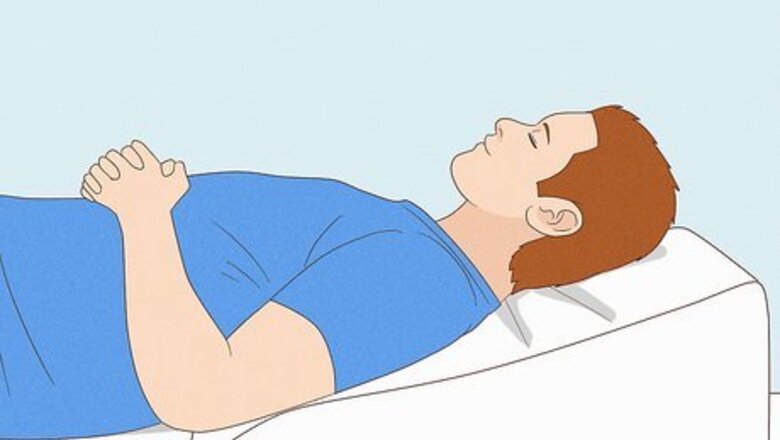
views
- Place a pillow under your upper back and head to reduce the pressure on your rib muscles and make it easier to breathe at night.
- If you sleep on your side, lie on the opposite side of the strain and place a pillow between your legs to prevent your torso from twisting.
- If you sleep on your back, hug a body pillow between your arms and legs or hold the pillow against the affected area.
Sleeping Better with an Intercostal Muscle Strain

Place a pillow under your upper back and head. Keep your torso in a neutral position to prevent yourself from twisting or placing weight on the injury. Elevating your upper body slightly can help reduce pressure on your rib muscles and make it easier to breathe at night.
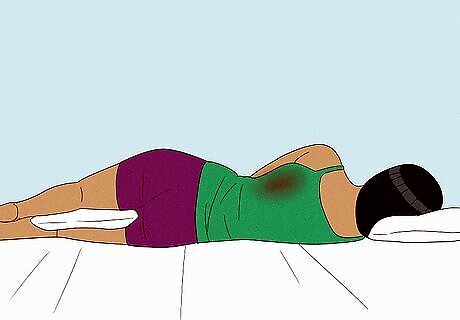
Sleep on the opposite side of your strain if you sleep on your side. Lying on your unaffected side can help reduce pressure on your strained muscles. Place a pillow between your legs to prevent your upper leg from twisting your torso and keep your spine properly aligned. This position can also help you breathe better while sleeping. To maintain the natural curve of your neck, avoid tucking in your chin.

Hug a pillow if you sleep on your back. Hugging a body pillow can provide extra support and cushioning on the injured side of your body. You can also hold the pillow against the affected area to make breathing less painful. In addition, consider slipping a small pillow underneath your knees to take pressure off your lower back.

Use a heating pad before bed. Set a heating pad to a low temperature and apply it to the affected area for 15 to 20 minutes. The heat can help relax the muscles and promote blood circulation, which may help improve your sleep. If the strain just happened, wrap an ice pack in a soft cloth and apply it to the area for 15 to 20 minutes every 2 to 3 hours. After a few days, switch to a heating pad.

Engage in gentle stretching exercises before bed. Exercise can improve flexibility and prevent muscle stiffness, aiding in the healing process and promoting better sleep. Check with your healthcare provider before starting an exercise program—sometimes, stretching can make the pain worse. This side-bend stretch targets the intercostal muscles: Sit in a chair with your feet flat on the floor or stand with your feet hip-width apart. Lean forward slightly, keeping your hips, shoulders, and ears aligned. Raise your right hand overhead and bend your upper body to the left, reaching over with your hand. You should feel the muscles along your side from your lower back to your shoulder. Hold this stretch for 20 seconds. Keep your upper body facing forward to avoid twisting your muscles. Return to the starting position and repeat the stretch 2 times. Switch sides and do the stretch in the opposite direction. Repeat 2 times.

Use an over-the-counter pain reliever. To reduce inflammation and discomfort when you’re trying to sleep, take a medication like aspirin, ibuprofen, and naproxen sodium. Read the bottle for the recommended dosage to take each day. Avoid taking these pain medications during the first two days after a muscle strain—they can increase your risk of bleeding. If over-the-counter medicine doesn’t help alleviate the pain, talk to a doctor about other alternatives. In serious cases, a doctor might inject the area with corticosteroids or lidocaine.

Meditate before bed to alleviate stress. Meditation and deep breathing has been shown to reduce pain. They can also improve your sleep quality. To meditate, sit in a comfortable position in a quiet place and focus your attention on your breathing. Breathe deeply and allow your body to completely relax. Let any distractions come and go without judgment. If you’re finding it difficult to focus, play some relaxing music or listen to a guided meditation process. One study suggests that meditation can help speed up healing.

Practice good sleep hygiene. Good sleep habits can help you improve the quality of your sleep and reduce any discomfort from your injury. Some habits that can improve your sleep health include: Going to bed at night and getting up each morning at the same time, even on weekends. Avoiding large meals, caffeine, and alcohol before bedtime. Exercising during the day. Making sure your bedroom is cool, dark, and quiet. Establishing a relaxing bedtime routine. Limiting the use of electronics before bedtime. Using your bed only for sleep and sex.
Treating an Intercostal Muscle Strain
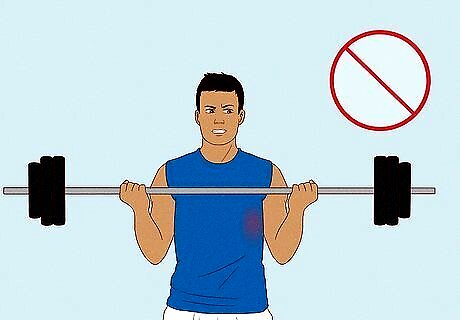
Rest and avoid straining your muscles again. Give your body the rest it needs to recover. While you’re healing, try to stay hydrated and avoid or adjust your form while performing physical tasks. Try to avoid the movements that caused the pain to occur. If you’re an athlete, this may mean taking time away from practice or limiting your movements to avoid injuring yourself again. If coughing was the cause of your strain, try holding a small pillow and bracing yourself as you cough to help reduce pain.
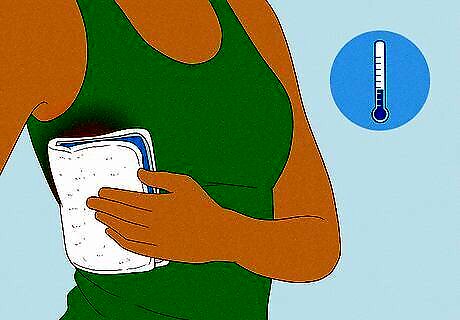
Apply an ice pack to reduce swelling. Ice can help reduce inflammation and alleviate pain. Immediately after the injury, apply an ice pack wrapped in a towel to the affected area for 15 to 20 minutes at a time several times a day. After the first two days after the injury happened, you can switch to using a hot pad to reduce muscle spasms and speed up the healing process.
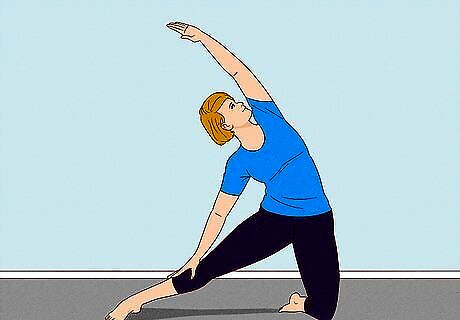
Slowly reintroduce activities as you heal. It’s essential to slowly reintroduce exercises that involve the intercostal muscles, especially before returning to sports or fitness activities. Start with low-impact exercises and gradually increase the intensity and duration of your workouts as your pain fades and your muscles strengthen. Try to avoid pushing yourself too soon—listen to your body and stop immediately if you feel pain. In severe cases, a health provider may be necessary to help you strengthen and stretch your muscles to regain your range of motion.
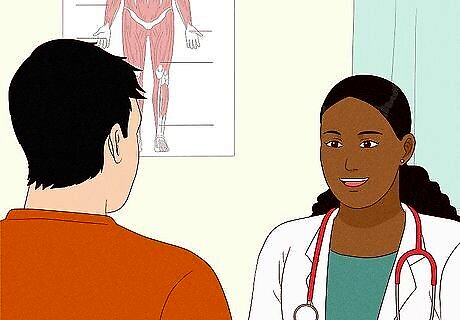
Talk to a doctor and a physical therapist if the pain persists. Physical therapists can give you safe stretching exercises if you’ve been dealing with intercostal muscle strain for a while. In more moderate cases, a doctor might recommend immobilizing the area completely with a brace until it’s fully healed. A doctor might also recommend using an ultrasound device or ointments and emollients to help you heal. If the muscles are completely torn, you may need surgery.
Causes and Symptoms of an Intercostal Muscle Strain
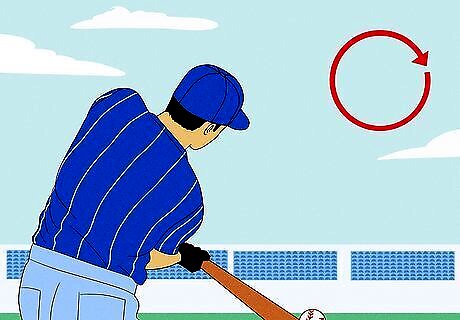
Intercostal muscle strains are caused by repetitive movement. They can become strained by sports where you repeat the same movement, like when batting and pitching in baseball or softball. Other common causes include: Coughing. Exercises with repetitive movements, like twisting, lifting, or stretching. Injuries to the chest from a fall or a hard hit. Twisting suddenly or beyond your normal range of motion. Living a sedentary lifestyle or aging can also put you at a higher risk of straining.

Pain, swelling, and tenderness are signs of muscle strain. You may experience pain when you use your rib muscles, breathe, cough, or sneeze. The area of the strain is usually sensitive to the touch and may swell. Visit a doctor right away if you experience these symptoms so they can rule out anything more serious, like a rib fracture or cancer.
Diagnosis of an Intercostal Muscle Strain

Get a diagnosis from a healthcare provider if the pain is severe. A doctor typically diagnoses a strain by asking how the injury happened. They also perform a physical exam where they feel the affected area for tenderness and take an x-ray to eliminate other possible causes of your pain. Lower thoracic rib fractures can be mistaken for intercostal muscle pain, especially in athletes. A doctor might use an x-ray to rule out a possible fracture. Pneumonia can also cause chest pain, so a doctor might try to rule this out as well. In some cases, a doctor might use Magnetic Resonance Imaging (MRI) to identify an intercostal muscle strain.
How long does an intercostal muscle strain take to heal?
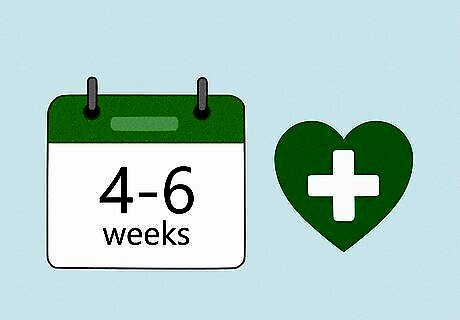
A strain might take 4 to 6 weeks to heal. Mild strains commonly heal in a few days, while moderate strains might take up to 6 weeks to heal completely. Severe strains, where the muscle fibers are completely torn, may take even longer to heal. Consult your health provider for information and specialized advice about your condition.




















Comments
0 comment